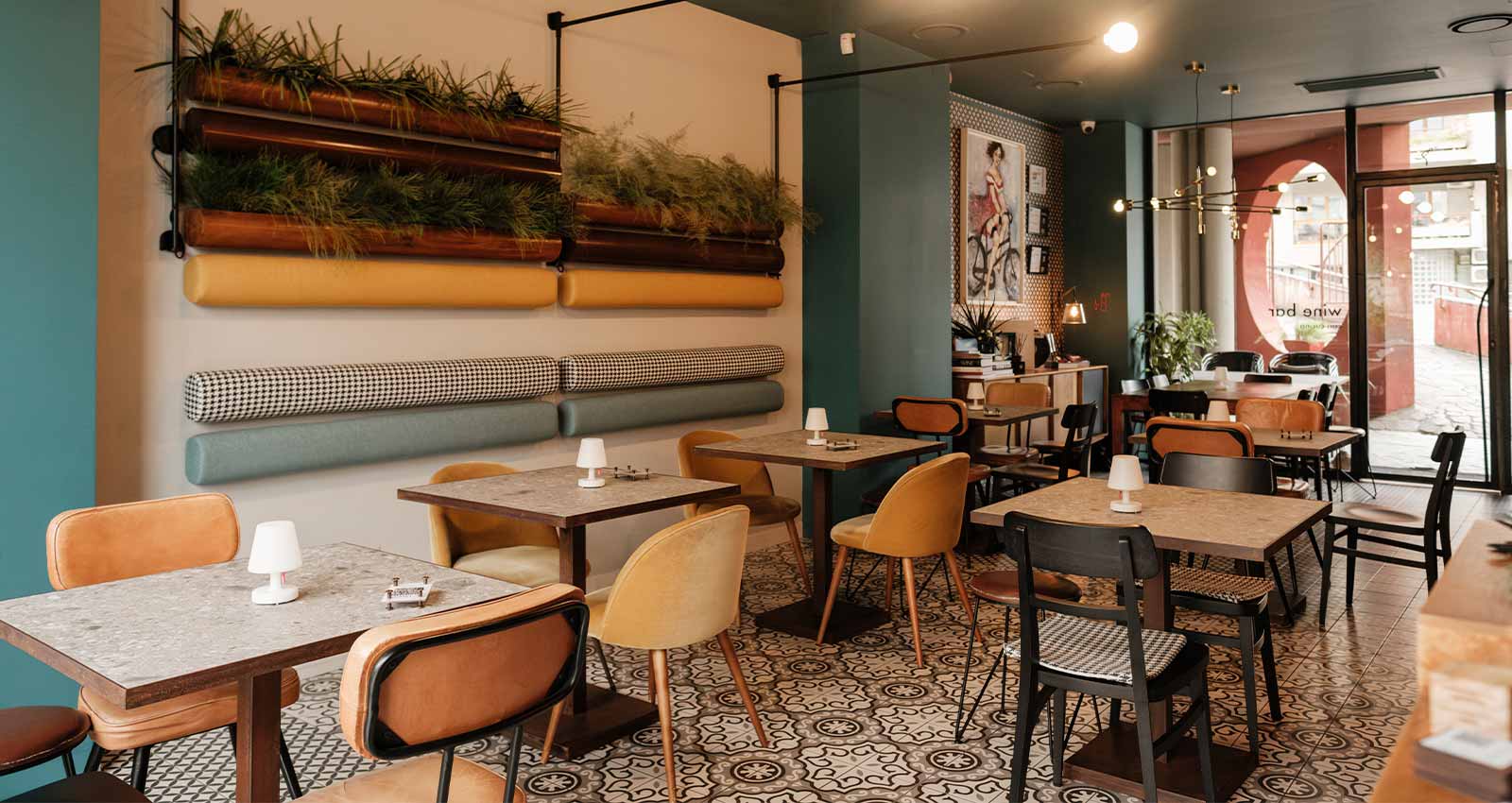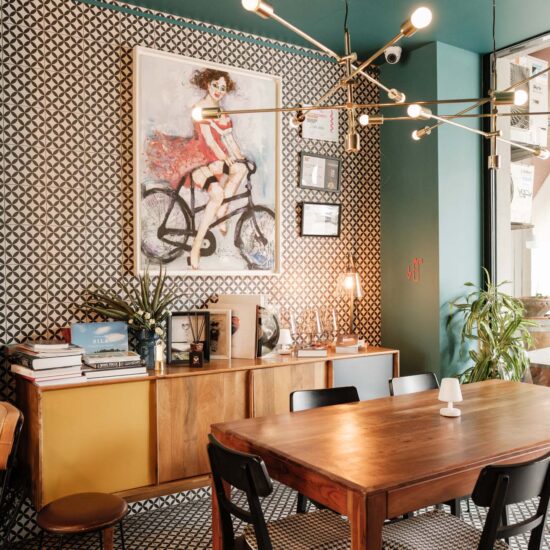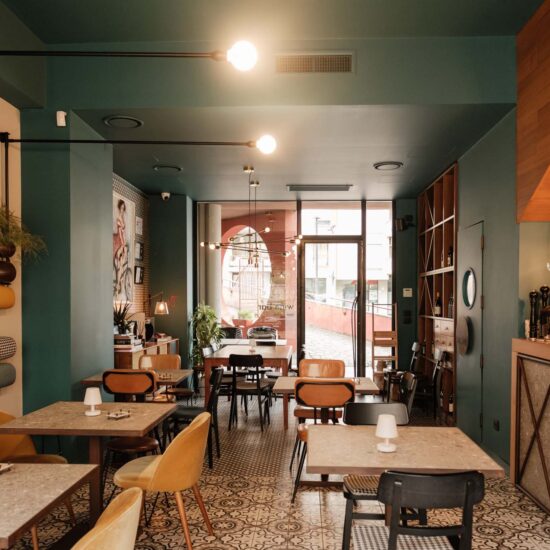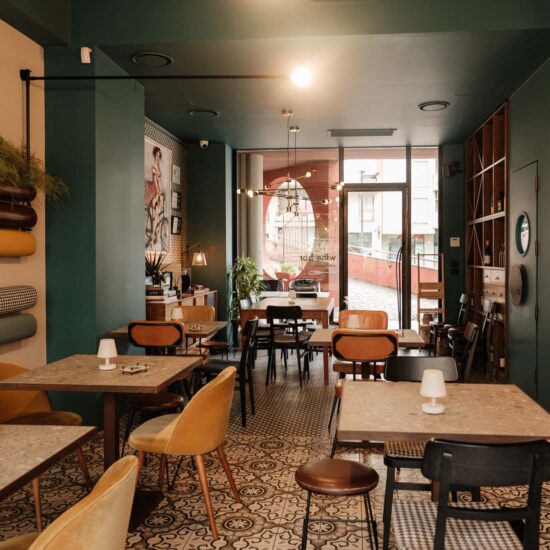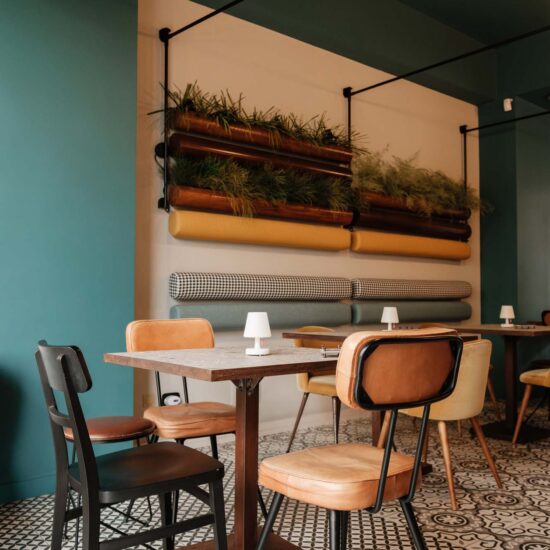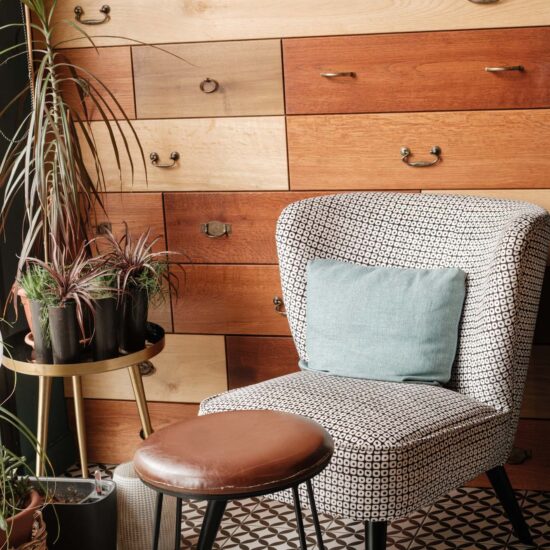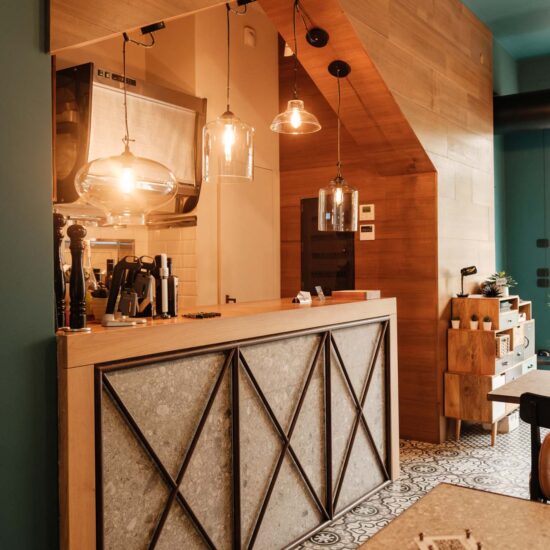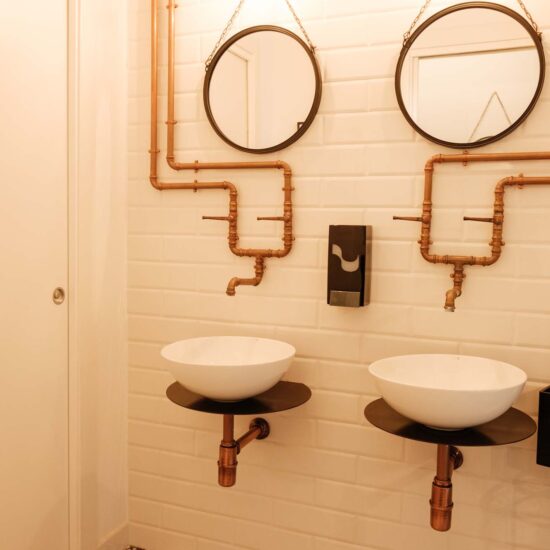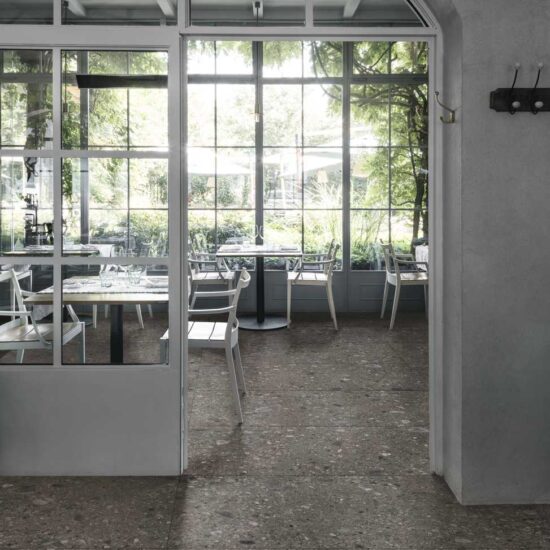
Categories
Hotel and catering, hospitality and leisureA mood of home and decorations that evoke a timeless tradition. The Di Sotto wine bar shows creativity and versatility in its use of the Marazzi collections, and benefits from the technical properties of ceramics.
A small wine bar also preparing and serving food in the heart of Rende (Cosenza, Italy) aims for a welcoming ambience: “like an extension of the home of owners Antonio and Catia who live on the floor above,” explains architect Giulia Brutto of the barbaro18 firm, who oversaw the project. “We wanted a place that would offer a refuge from a world where everything moves too fast, where attention could be paid to details that often pass unnoticed.” The restaurant, as mentioned, is on the ground floor of the owners’ home [the name “Di Sotto” means “Downstairs”]. The guiding theme chosen for the locale was that of domesticity and tradition, of a homely, timeless ambience.
Ample use was made of Marazzi porcelain stoneware in different sizes and with a variety of decorative characteristics in the Di Sotto wine bar. “I took as my starting-point the warm shade of the wooden furnishings such as the top of the bar counter and the decorative features on the walls, and then established a dialogue with other materials. I chose the Mystone Ceppo di Gré porcelain stoneware collection in the 75x75 cm size to cover the sides of the bar counter and the tops of the tables in the dining-room, to be combined with corten-finish iron to create a contrast between the different materials’ shades and textures. For the flooring and also, seamlessly, on some of the walls I used the Crogiolo D_Segni collection in Tappeto Macro 2 and Tappeto Micro 3 versions in the 20x20 cm size. I set out to strike a balance between an eclectic assortment of features to give the locale a recognisable identity that would rise above fashions. The decoration evokes our tradition and will retain its value over time.”
The retro-style D_Segni series blends perfectly into the mood of the interior and the different decorations of the two Tappeto decors provide an edging and subdivide the restaurant’s length. Each portion creates a kind of warm, cosy alcove, where diners can observe and appreciate the flaws that make the vintage furnishings so special and original. “The ceramic tiles,” Giulia Brutto continues, “enabled me to reference antique interior design materials such as cement tiles and houndstooth check upholstery, but in a fresh, contemporary way. And since I also love designing furniture, the Ceppo di Gré stone effect on the tables was both light and exquisite. We wanted an interior design that would stand the test of time. And ceramics, especially in projects of this kind, have many benefits: a wide choice of decors, sizes and colours; greater durability and strength than other materials; and the excellent value for money, an important factor in a project’s economic feasibility.”
Ph. Luce Catanzariti
Project gallery
Explore project collections
































